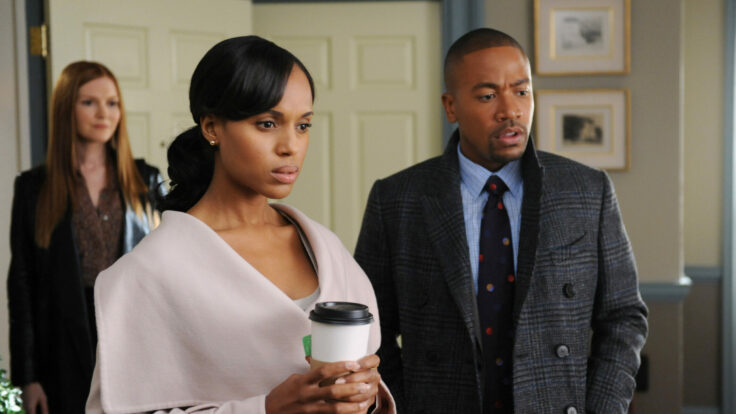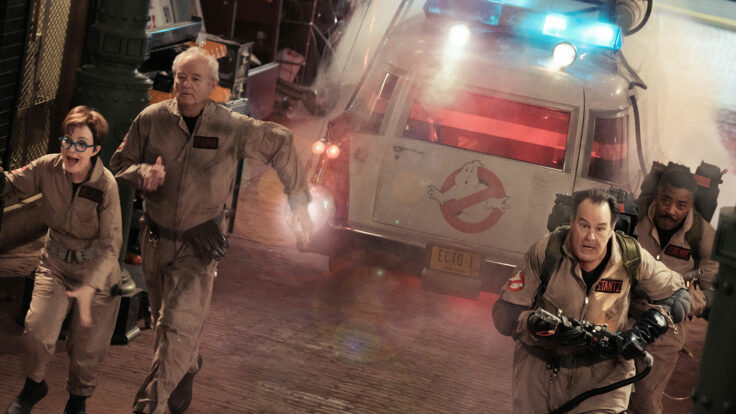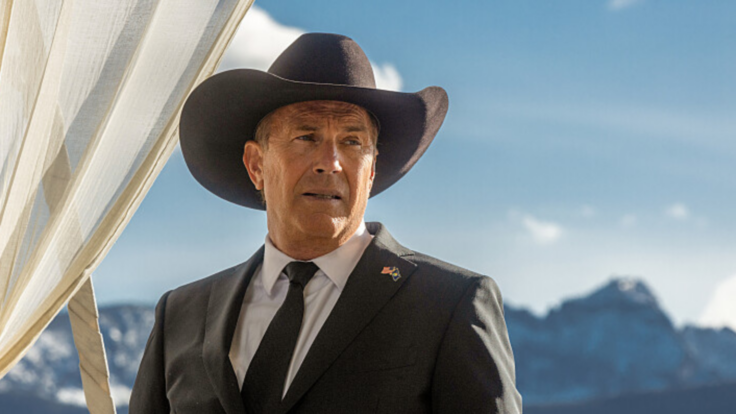So, Warner Bros. Discovery C.E.O. David Zaslav wants Warner Bros. to become Disney, and he thinks incoming film chiefs Mike De Luca and Pam Abdy can do for the Warners and New Line labels what Sean Bailey has done for the live-action Disney unit. That seems to be the takeaway from yesterday’s long-predicted exit of Warners head Toby Emmerich for a producing deal, and the announcement—also long-telegraphed—that Warners will be split into separate silos: live-action films from WB and New Line (De Luca/Abdy), family animation (T.B.D.), and DC superhero stuff (very T.B.D.), all with leaders reporting to Zaslav himself.
Few would argue with imitating a company that, in a few short years, morphed from the home of pricey write-offs like Prince of Persia and John Carter, into a risk-averse hit factory that released seven billion-dollar grossers in 2019 on the way to a record $13 billion in global box office. As I reported a couple weeks ago, Zaslav even has Alan Horn, the overseer of that Disney film strategy, in line to consult on the Warners makeover, and Zaz has been seen lately in deep conversations at the Polo Lounge with Mr. Mouseketeer himself, former C.E.O. Bob Iger.

















